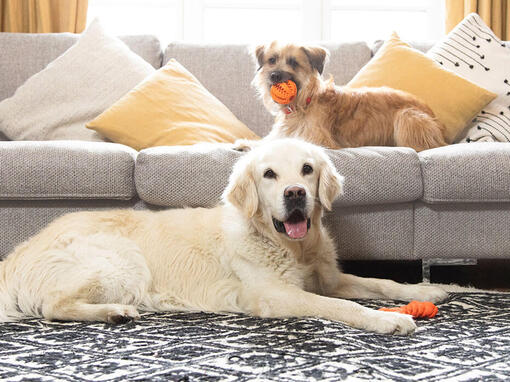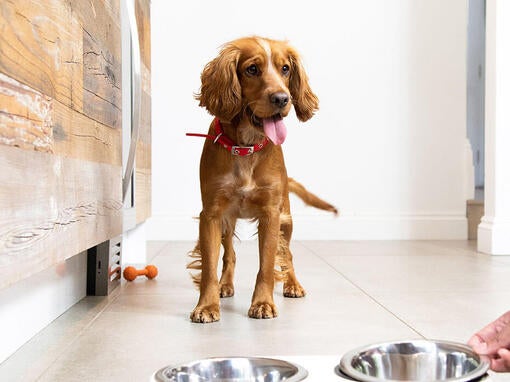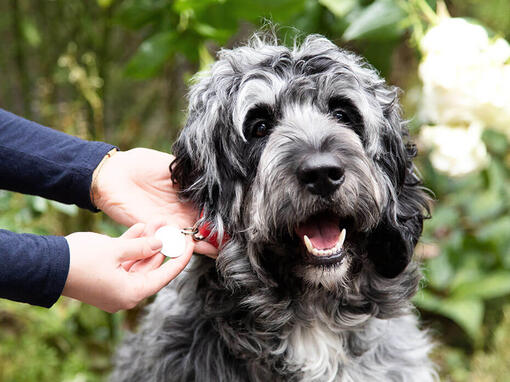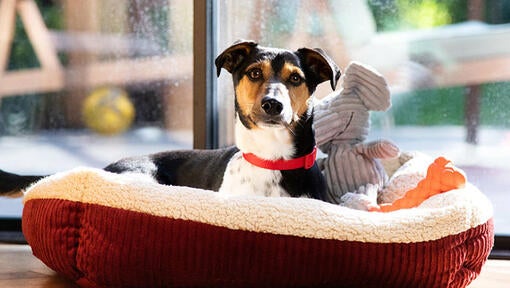History and Origins
Country of Origin: England
The Norfolk Terrier didn’t become a separate breed until 1964 and up until then, they were just looked on as a variation within the Norwich Terrier breed and so their histories are the same.
The Norfolk’s origins can be found liked closely to Cambridge University in the late 1800s. It was fashionable for the sportier of the undergraduates to own a particular type of terrier that was being bred in a livery stable in Trumpington Street which ran along the back of several of the colleges. These small working terriers were put to work as college ratters, and as the students lived and socialised together, their dogs had to be equally social and indeed they would work in a pack.









